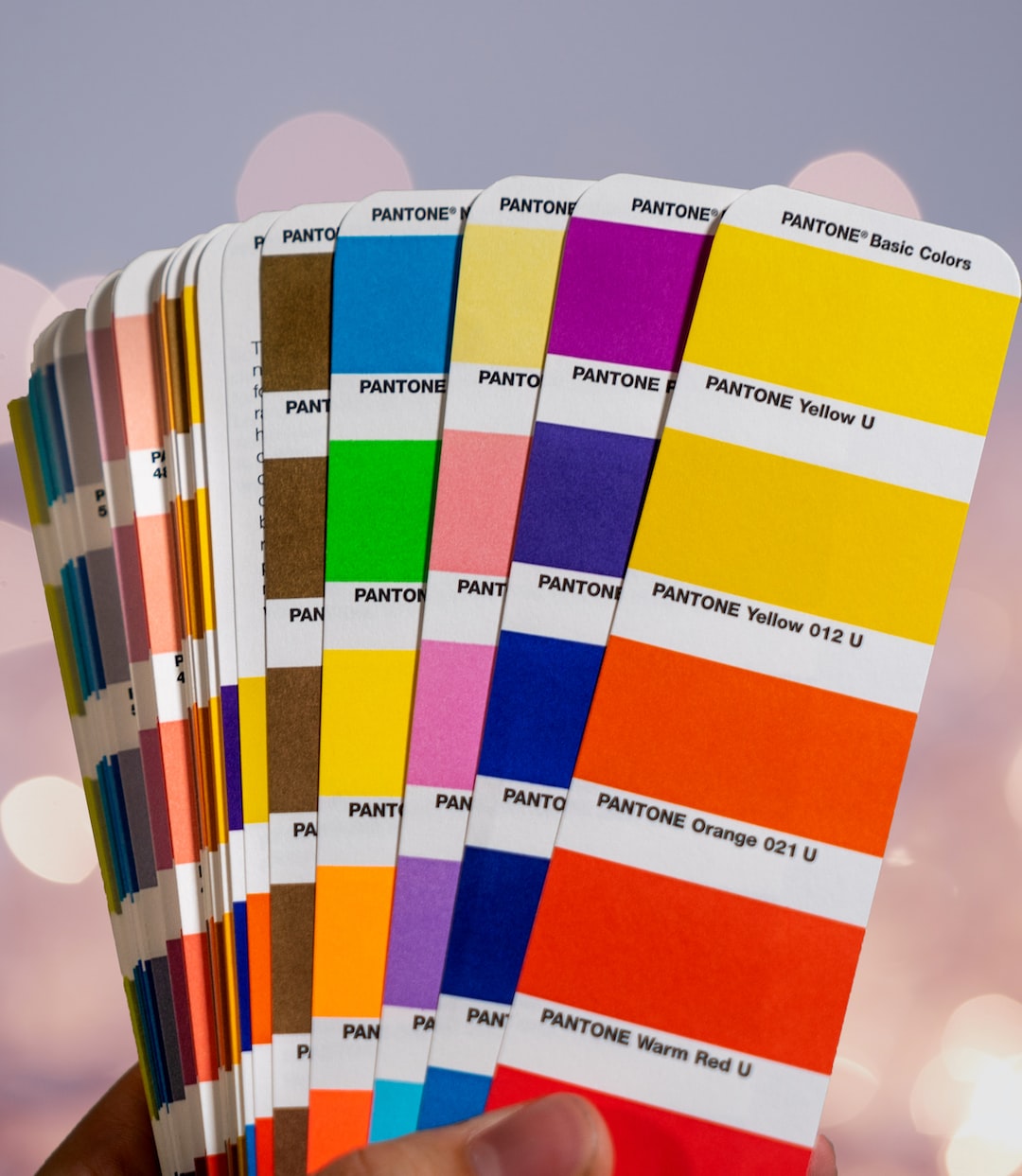The Art of Storytelling through Visual Design
Stories have been passed down through generations since the beginning of time. Ancient civilizations told stories through drawings on cave walls, oral traditions, and eventually writing. In today’s digital age, storytelling has taken on a new form – visual design. Whether it’s through illustrations, photographs, or graphic design, visual storytelling has the power to evoke emotions and captivate audiences in a unique and powerful way.
Visual design is more than just creating aesthetically pleasing images. It is about conveying a message, expressing emotions, and telling a story. Through visual design, artists can create narratives that transcend language and cultural barriers, resonating with people from all walks of life.
One of the most compelling aspects of visual storytelling is its ability to evoke emotions. Colors, shapes, and compositions can all play a role in how an image makes us feel. For example, warm tones like reds and oranges can evoke feelings of passion and energy, while cool tones like blues and greens can evoke feelings of calm and tranquility. By strategically using these elements, visual designers can create images that immediately grab our attention and elicit a specific emotional response.
Another important element of visual storytelling is composition. The way objects are arranged within an image can greatly impact the story being told. The rule of thirds, for example, is a compositional guideline that suggests dividing an image into thirds both horizontally and vertically, and placing the most important elements along these lines or intersections. This simple technique can add balance and visual interest to an image, guiding the viewer’s eye and emphasizing key elements of the story.
In addition to composition, the use of symbolism in visual design is another powerful tool for storytelling. Symbols can convey complex ideas in a simple and universal way. For example, a red rose might symbolize love, a clock might symbolize the passage of time, and a broken chain might symbolize freedom. By incorporating these symbols into their designs, artists can add layers of meaning to their stories and allow viewers to interpret them in their own unique way.
Visual storytelling also plays a crucial role in brand identity and marketing. Companies use visual design to create logos, advertisements, and packaging that tell a story about their brand. For example, Apple’s iconic logo of an apple with a bite taken out of it symbolizes knowledge and the pursuit of innovation. This simple image instantly communicates a message about the company’s values and products, making it instantly recognizable and memorable.
In conclusion, the art of storytelling through visual design is a powerful and universal language. Through the use of colors, composition, symbolism, and branding, visual designers have the ability to create narratives that evoke emotions, captivate audiences, and transcend cultural barriers. Whether it’s a powerful photograph, an intricate illustration, or a well-designed logo, visual storytelling has the ability to leave a lasting impact on viewers and create connections that words alone cannot achieve. So next time you see a thought-provoking image, take a moment to appreciate the story being told through its visual design.

